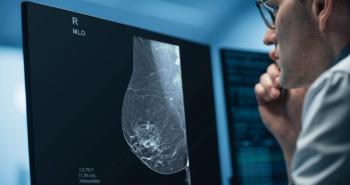
CAD enters digital mammography
Computer-aided detection software developed by R2 Technology can now be marketed as an integral part of the GE Senographe 2000D full-field digital mammography system, following FDA approval. This is the latest step in R2's pioneering efforts to make CAD
Computer-aided detection software developed by R2 Technology can now be marketed as an integral part of the GE Senographe 2000D full-field digital mammography system, following FDA approval. This is the latest step in R2's pioneering efforts to make CAD a routine part of medical practice. The FDA approved the company's ImageChecker, a stand-alone CAD workstation, in 1998 for use with film-based screening mammography. Three years later the FDA expanded approval to include its use with diagnostic mammograms. R2 has shipped more than 400 film and digital-based systems worldwide. More than three million women have had their mammograms interpreted with the aid of the ImageChecker CAD system. Nearly 300 Senographe 2000D systems have been installed in the U.S. All are upgradable to R2's CAD technology.
Newsletter
Stay at the forefront of radiology with the Diagnostic Imaging newsletter, delivering the latest news, clinical insights, and imaging advancements for today’s radiologists.




























